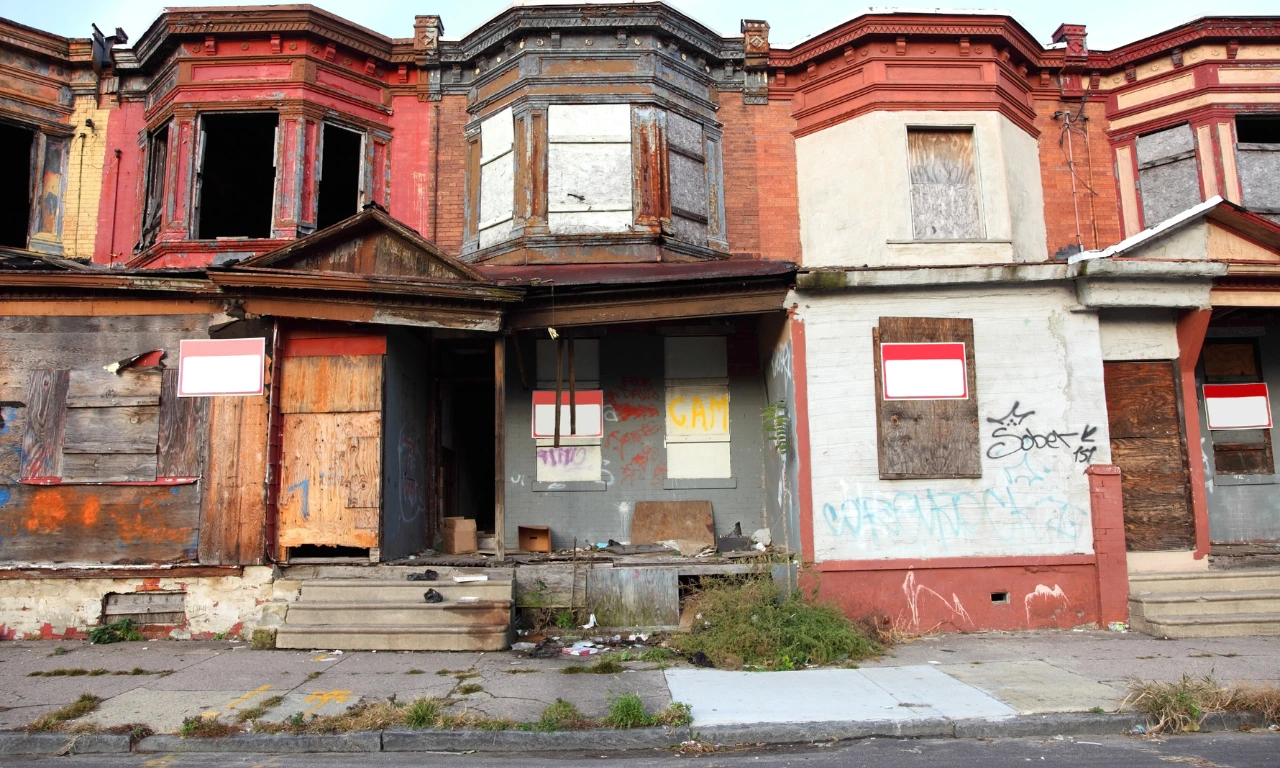The Broken Consumer Journey in India’s Paint Market

India’s Paint Industry is booming. Valued at $10.46 billion in FY25 and expected to reach $16.38 billion by 2030, the sector benefits from housing demand, shorter repaint cycles, and eco-friendly product adoption. Yet, its sales model is still dominated by traditional channels: over 120,000 dealers drive nearly 85% of retail paint sales, while e-commerce accounts for less than 5%.
This heavy reliance on physical dealer shops means that even as consumer journeys shift online, dealers remain largely invisible in the digital space. An estimated 70% of paint dealers lack an online presence, with no Google Business listings, websites, or integrated CRM systems. This invisibility represents not just a missed opportunity, but a growing risk in an industry where buyers increasingly research before they purchase.
Dealers Dominate Sales, but Not Search
Paint is a tactile, trust-driven product. Dealers act as advisors, influencers, and distributors all at once, especially in Tier 2 and Tier 3 cities. Their role is crucial: modern retail formats contribute just 10% of sales, while e-commerce channels contribute under 5%. For most homeowners or contractors, the local dealer is the decision point for brand, shade, and purchase.
Yet, when consumers search online for “paint shop near me” or research colors on a brand’s website, these dealers are invisible. Most lack a Google Maps presence, have no digital catalogues, and cannot be contacted through WhatsApp Business. As consumer journeys increasingly start online - 95% of buyers in adjacent categories like automotive now begin with digital discovery - the absence of dealers from these touchpoints creates a widening gap between awareness and actual purchase.
Why 70% of Dealers Remain Offline
The persistence of offline-only operations is not accidental; it is rooted in structural, cultural, and economic barriers. Many paint dealers are small, family-run businesses with limited exposure to technology. Running websites, optimizing Google listings, or managing online ads feels complex, so they stick to offline methods. Cost-benefit concerns also discourage adoption. Dealers often feel that digital investments will not yield returns when walk-in traffic and contractor referrals already sustain their business, and the long-term value of online credibility is not obvious to them.
Even when interest exists, fragmented systems make integration difficult. Customer inquiries captured online rarely reach dealers with full context, as most work without CRM platforms or shared data systems. Cultural inertia further reinforces the status quo. Trust and word-of-mouth dominate sales, and many believe online visibility is unnecessary in relationship-driven markets. Finally, limited brand enablement leaves dealers isolated. While large paint companies experiment with apps and loyalty programs, few offer simple, integrated solutions that reduce complexity rather than adding to it.
These factors together explain why a majority of dealers have yet to establish even a basic online presence.
The Cost of Staying Invisible
Dealer invisibility has tangible consequences for both dealers and the paint brands they represent. Lost leads are the most direct impact. Without digital listings or CRM-connected workflows, online customer interest often dies at the discovery stage. Competitors with active Google profiles capture traffic by default. Brand inconsistency is another issue. A paint brand may spend heavily on digital marketing, but if the local dealer - the actual point of purchase - lacks a professional online presence, the experience feels fragmented and reduces credibility.
Poor customer experience compounds these challenges. Customers who start their journey online must repeat their information when they walk into a store or call a helpline. The IRR notes that 89% of consumers feel frustrated by repeating themselves across touchpoints. In paints, this frustration translates into lost conversions and reduced loyalty. In a competitive market where challengers like JSW Paints and Birla Opus are investing in digital-first ecosystems, this invisibility risks weakening the incumbent dealer model.
Lessons from Leaders and Challengers
Some brands are already addressing this gap, showing how digital enablement of dealers can strengthen, not weaken, traditional sales networks. Asian Paints, the market leader with more than 50% share, has digitized its dealer ecosystem through portals, mobile apps, and process automation with IBM. By reducing paperwork and offering real-time order personalization, it ensures dealers are integrated into the company’s digital backbone.
JSW Paints, a new entrant, has rapidly scaled its dealer footprint by combining aggressive incentives with modern onboarding processes. Its strategy signals how challenger brands can use technology to gain ground quickly. Birla Opus, launched in 2024 with a ₹10,000 crore investment, is embedding digital from day one. Its CRM-first approach ensures that online leads are routed to dealers instantly, while AI-enabled tools personalize recommendations. This approach reframes dealers as active participants in a digital ecosystem, rather than passive offline endpoints. Together, these examples highlight that dealer digitisation is not optional - it is already becoming a competitive differentiator.
Building Visibility Through BOS, CRM, and AI
Solving the visibility challenge requires more than marketing add-ons; it demands structural change. The IRR recommends building a Business Operating System (BOS) with CRM integration and AI orchestration at its core. BOS provides a centralized data spine that captures every inquiry, interaction, and update across channels, ensuring all stakeholders work from the same source of truth.
CRM systems are critical for bringing dealers into this loop. Integrated CRMs ensure that digital leads reach local dealers with full context, so customers do not start from scratch at every new touchpoint. AI then orchestrates the process by scoring leads, routing them to the best dealer, and personalizing offers in real-time. In effect, AI turns fragmented dealer-consumer loops into seamless omnichannel journeys. When implemented together, these solutions transform dealer visibility from a gap into a strategic asset, enhancing conversion, loyalty, and lifetime value.
From Deficit to Advantage
Dealer invisibility is currently one of the paint industry’s biggest digital deficits. Companies that continue to treat dealers as offline-only will lose relevance as consumer expectations shift. Conversely, those that integrate dealers into digital ecosystems can unlock growth. Research shows that omnichannel leaders grow 3x faster at 9–10% annually compared to 3% for laggards.
For paint brands, this means that enabling dealers with visibility tools, CRM integration, and AI support is not just a customer experience improvement - it is a revenue growth strategy. Dealers must become as discoverable online as they are accessible offline. By bridging this gap, the industry can convert today’s fragmented customer journeys into tomorrow’s loyal relationships, securing both dealer relevance and brand leadership in a $16 billion market.
Dealer invisibility is today’s blind spot - but CRM is tomorrow’s game-changer. Make sure to read our next article on how CRM can transform dealer relations and the tools leading the way.
FAQs
Q1. Why are most paint dealers in India still offline? Most paint dealers are family-run businesses with limited digital know-how. They see online tools as costly or complex, and rely on contractor referrals and walk-ins to sustain their business.
Q2. Does dealer invisibility reduce sales for paint brands? Yes. When dealers lack digital presence, online leads often drop off at discovery, leading to lost sales and a fragmented brand experience.
Q3. Can CRM help paint dealers manage online leads better? Yes. CRM ensures that digital inquiries reach local dealers with full customer context, enabling seamless follow-ups and higher conversions.
Q4. Is it expensive for small dealers to build an online presence? No. Basic steps like creating Google Business listings, using WhatsApp Business, and maintaining digital catalogues are low-cost but highly effective.
Q5. Are companies like Asian Paints and JSW already digitising their dealer networks? Yes. Asian Paints uses dealer portals and apps, while JSW and Birla Opus are embedding CRM and AI tools to strengthen dealer integration.








